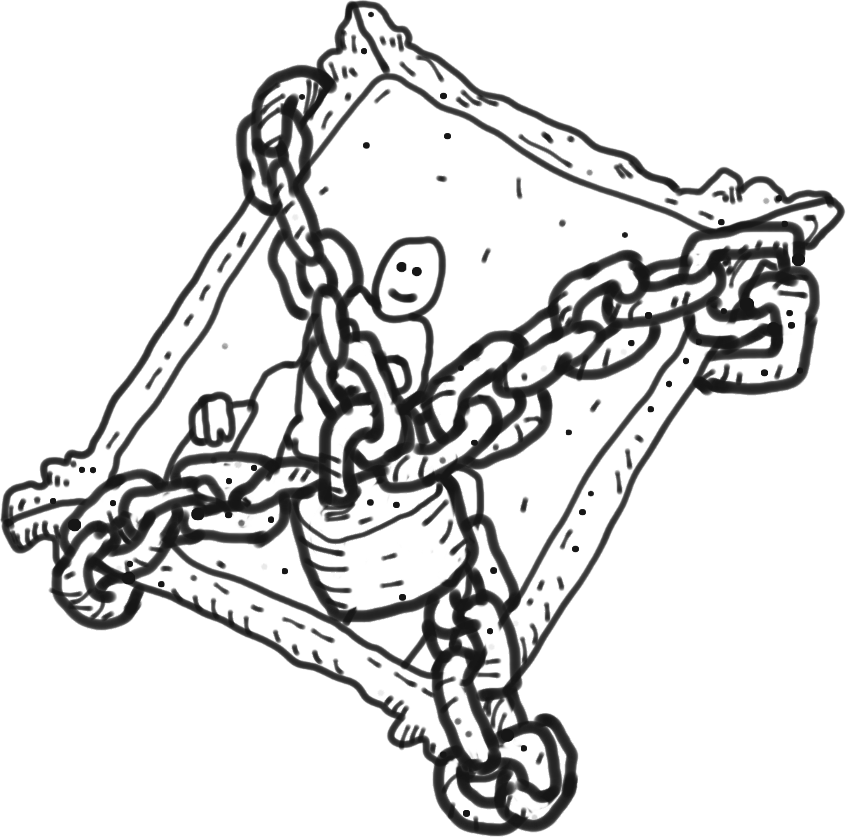Ransomware is a type of malicious software (malware) that encrypts files or entire hard drives. After encrypting the files, the attacker demands a ransom payment in exchange for unlocking them. Ransomware is a serious threat to businesses and individuals, and it is important to be aware of the risks and take the right steps to protect yourself.

How does Ransomware spread?
Ransomware is often spread through email messages that contain malicious code. The email message may appear to come from a legitimate sender, such as a bank or a vendor. When the recipient opens the email message, the malicious code is activated and the ransomware is installed on the computer.
Ransomware can also spread through unsecured network connections, such as public Wi-Fi networks. When a user connects to an unsecured network, ransomware attacks can be downloaded from a compromised website or file-sharing service.
What can you do to protect yourself from ransomware attacks?
There are a number of steps you can take to protect yourself from ransomware attacks. Here are a few tips:
- Be careful about which email messages you open. If you don't recognize the sender or if the email message looks suspicious, don't open it.
- Keep your computer's software up to date. Software updates often contain security patches that can help protect you from ransomware attacks.
- Use a strong password for your computer and your accounts.
- Use an antivirus program and a firewall.
- Create regular backups of your files.
What happens if you are hit by Ransomware?
Ransomware is a serious threat that can have major consequences for businesses and individuals. It is important to be aware of the risks and take the right steps to protect yourself.
There are also a few things you can do yourself to try to recover your files. If you have a backup of your files, you can restore them from the backup. You can also try to use a ransomware decryptor.
Three Tips to Protect Yourself from Ransomware:
- Use a password manager to create and manage strong passwords for all of your accounts.
- Enable two-factor authentication (2FA) for your accounts. 2FA provides an extra layer of security by requiring you to enter a code from your phone in addition to your password.
- Train your staff on how they can work to minimize the risk of ransomware. Keeping your staff trained is an ongoing process – and fortunately, there are services that can help.


